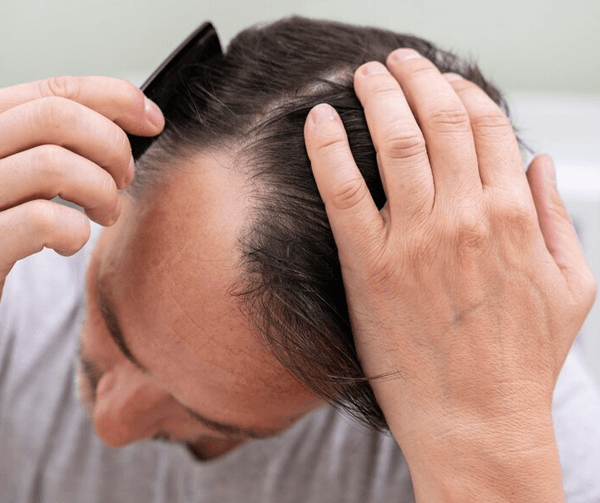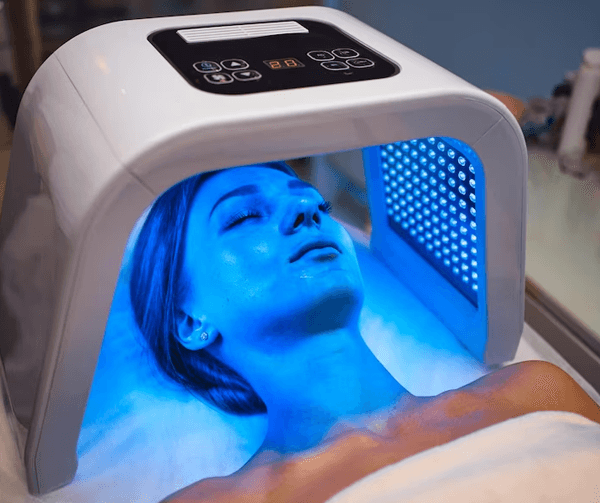As age starts to catch up, signs of the same start to show on your face and other parts of the body. Fine lines and wrinkles appear on the face, hands start to look shrivelled, your stomach and breasts start to sag and no matter how much you take care of yourself, all these problems, continue to persist. People who have great skin even in their late forties and later are people who have taken the right steps from their teenage years. They would have eaten right, stayed hydrated, washed, scrubbed and exfoliated regularly and most importantly, used sunscreen.
However, a majority of people are those who have not taken these steps and hence are now facing the first or even advanced signs of ageing. Facial skin is most susceptible, because it is constantly exposed to the sun and other environmental factors.. Pigmentation, sun spots, and fine lines are all a part of the skin’s ageing process.
The world that we live in today, is one that is scientifically much more advanced and these days, you can choose from a range of treatments, even for the fine lines and hollowed out cheeks. What is most interesting is the fact that earlier, most of these procedures were surgical in nature – this meant that your face had to be cut into and eventually sutured back, leading to possible scars and elongated healing times.
Fortunately, these days, there are plenty of non-surgical methods to tighten skin and many of them are done using laser, radiofrequency or ultrasound. In this article and the next one, we will take a closer look at some of the most common non-invasive skin tightening procedures. It is important to understand, right at the outset, that these procedures are meant to correct the laxity of the skin and improve the overall quality.
This is when you should consider a non-surgical skin tightening procedure:
- If you have skin that is slightly or moderately loose on your face, neck, abdomen or arms
- If you have residual loose skin, after a surgical procedure
- If you simply want better looking skin
- If you are not too keen about undergoing an invasive procedure
Here is why you would want to consider a non-surgical skin tightening procedure:
- This is a non-invasive procedure, which means that you will not have to face any of the problems that come along with a surgical procedure.
- There are no cuts or sutures, which means that the discomfort is minimal and there is almost no downtime, either.
- These procedures are suitable for almost all skin types
But there are some cons to the non-surgical skin tightening procedures too:
- The results will not be as obvious or as dramatic as with a surgical procedure
- You might need multiple sessions, for the results to start becoming obvious
- There could be temporary problems, such as redness, swelling, loss of volume or even numbness
It would be wise to talk to a plastic surgeon/ dermatologist, before deciding which procedure is the best for you.
You also need to know whether you are an ideal candidate for non-surgical skin tightening procedures:
- The loose skin on your face, arms, neck or abdomen needs to be mild to moderate in grading. If the skin is too loose, then you might have to go the surgical way.
These are the options that you will have at hand, when it comes to non-surgical skin tightening:
Before an option is given to you, your skin will have to be evaluated in detail and your doctor will be the best guide for the same. Then there will be two main options – ultrasound treatment or laser/radiofrequency treatments. While the ultrasound method will focus ultrasound energy into the dermal layer of the skin, the laser procedure will direct heat to the same layers of skin. In the former, the ultrasound will instigate the production of collagen in a natural manner. However, in the laser method, the heat will stimulate the natural healing mechanism of the body, which in turn will produce collagen. Both procedures will need multiple sessions, before the results start to become truly obvious.
This is how the preparation for the procedure will go:
Before you undergo any of the non-surgical skin tightening procedures, you will have to attend one or more sessions with your doctor to ensure that you are undergoing the right treatment and are aware of what will happen during the procedure. In addition, you will also be made aware of the possible risks and side effects, how much time it will take for the results to become visible and what precautions you will have to take.
- As a part of the preparation process, you will be asked to stop smoking a minimum of six weeks before the procedure, as this will help with the healing.
- You will also be asked to stop certain medications such as aspirin or replace them with other alternatives.
- Topical creams might also have to be avoided for a while, as these could increase the risk of certain complications.
- The procedures are normally done on outpatient basis.
- On the day of the procedure, your face or body part will be cleaned and numbed using either topical creams, oral or local anaesthesia.
- In professional clinics, your vitals will be constantly monitored, in order to ensure that nothing goes wrong.
- As soon as the procedure is complete, you will be moved to a recovery room, where you will be monitored for some time.
In the continuing article, we will look at other aspects associated with non-surgical skin tightening.







